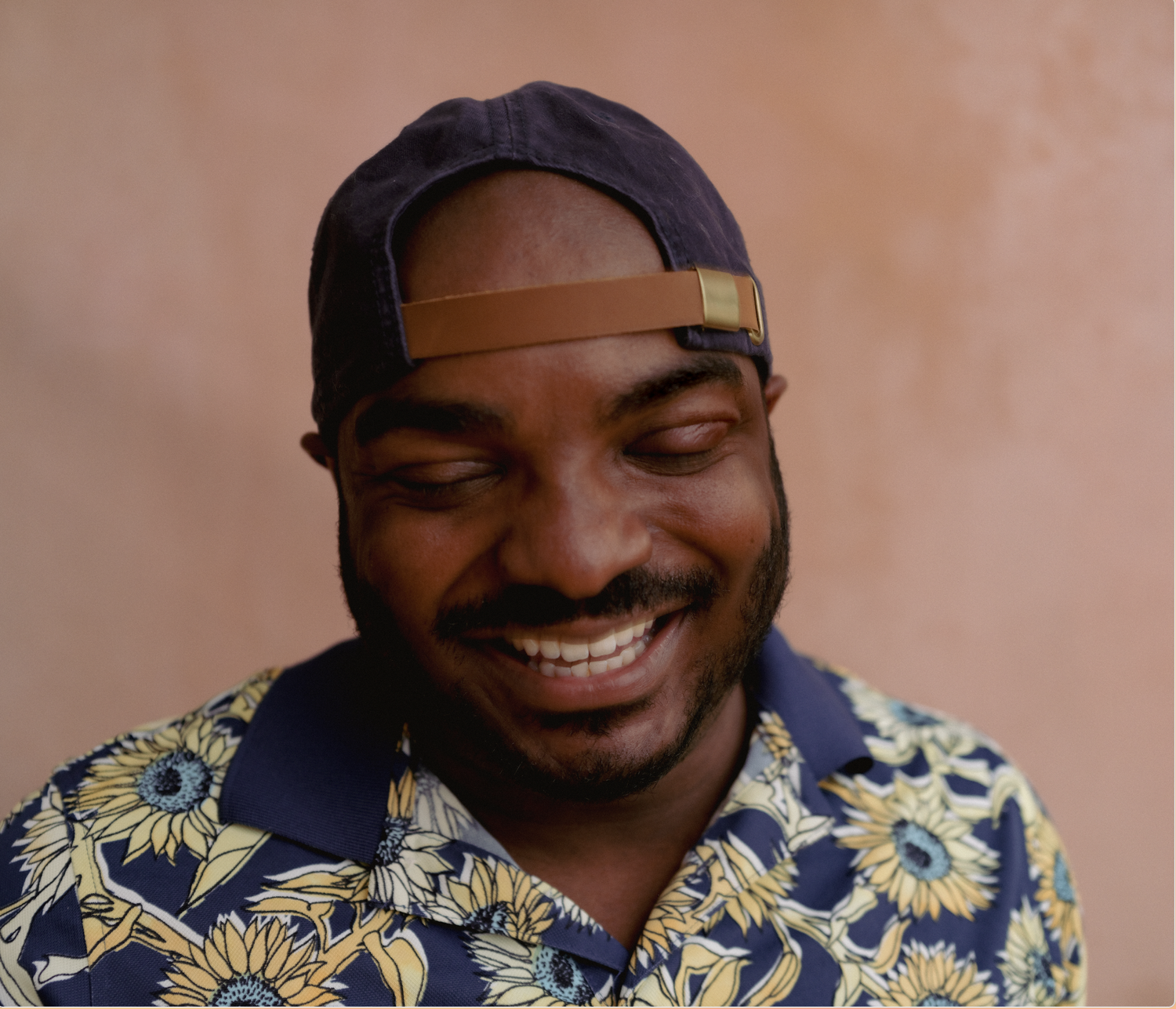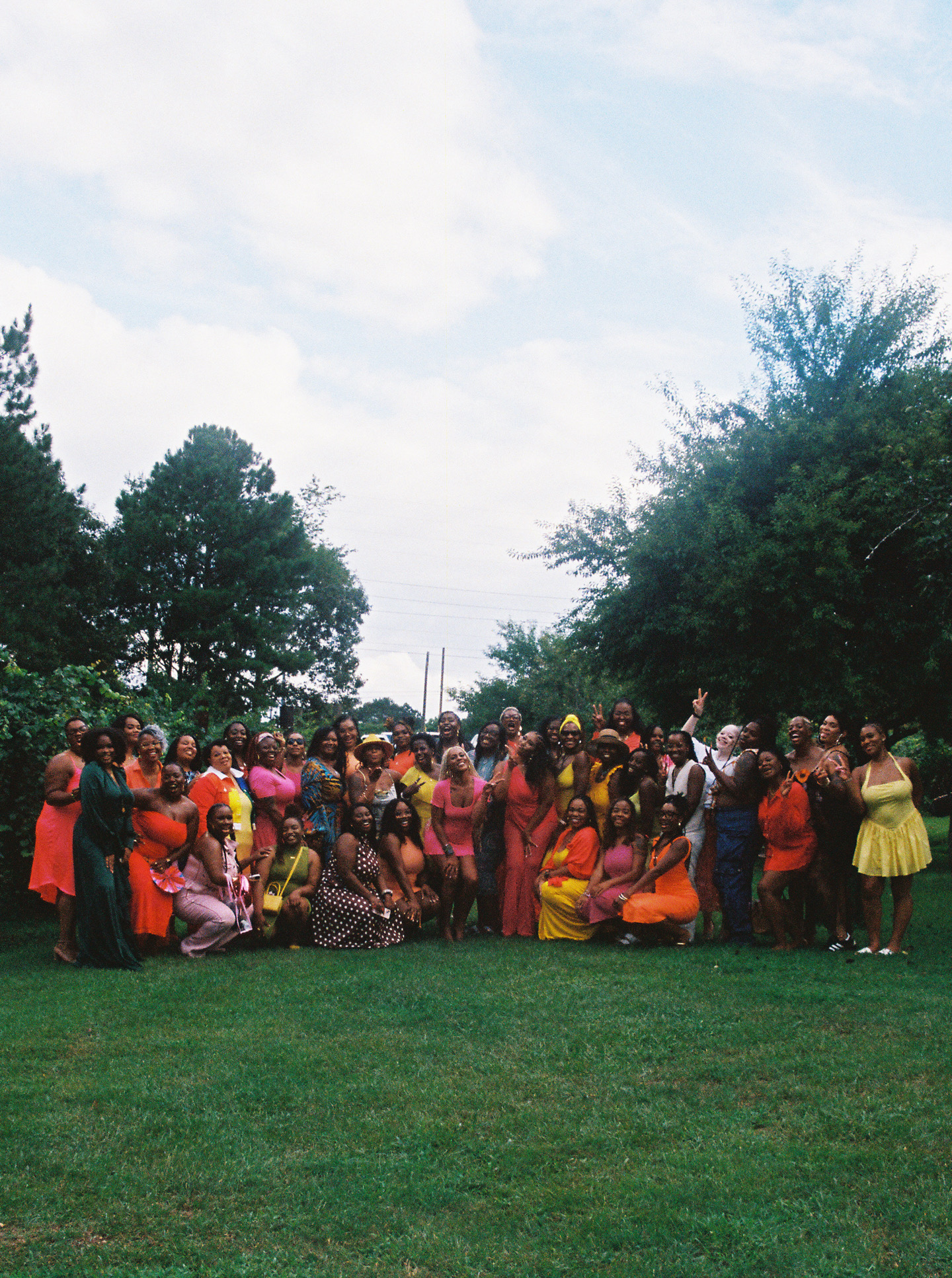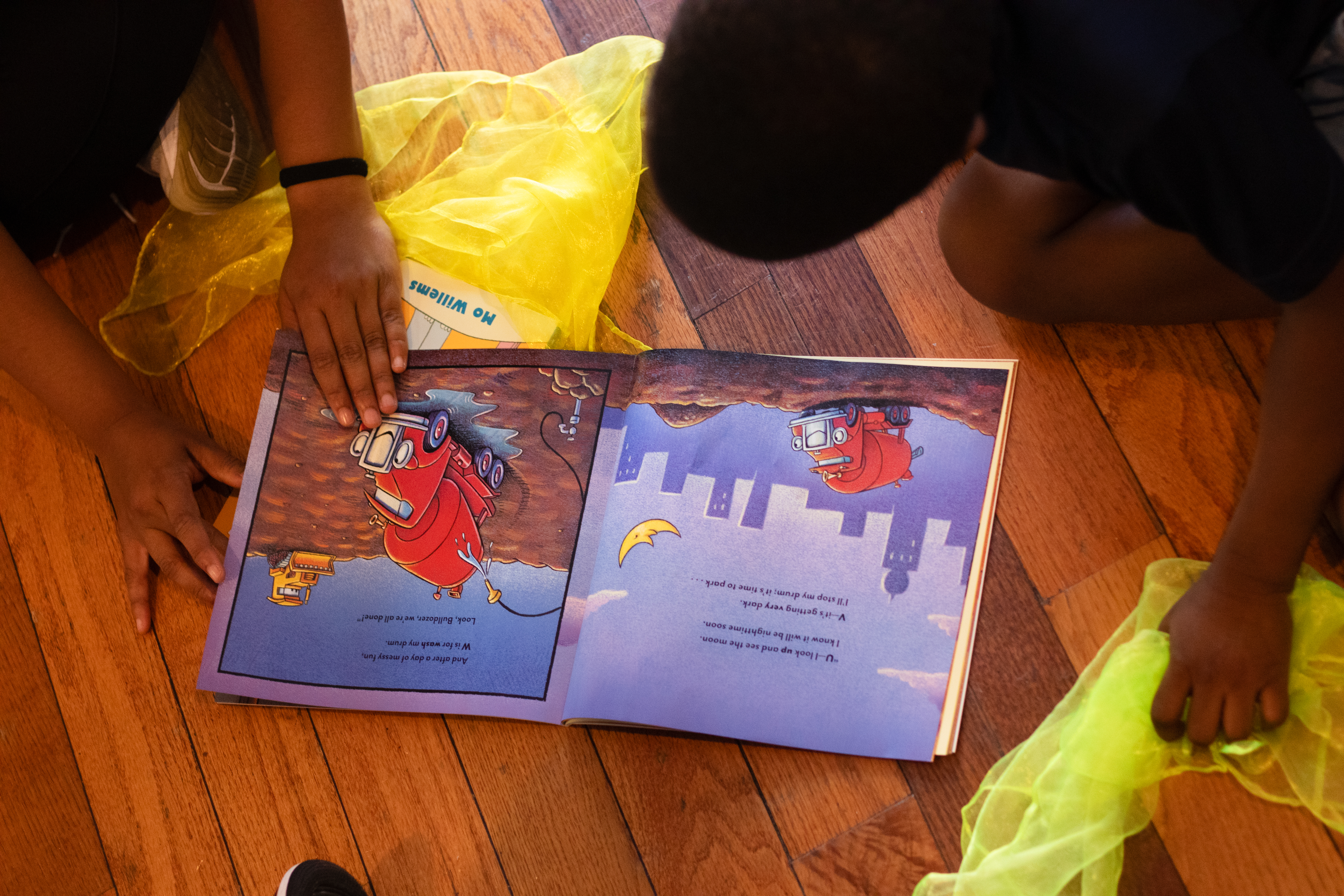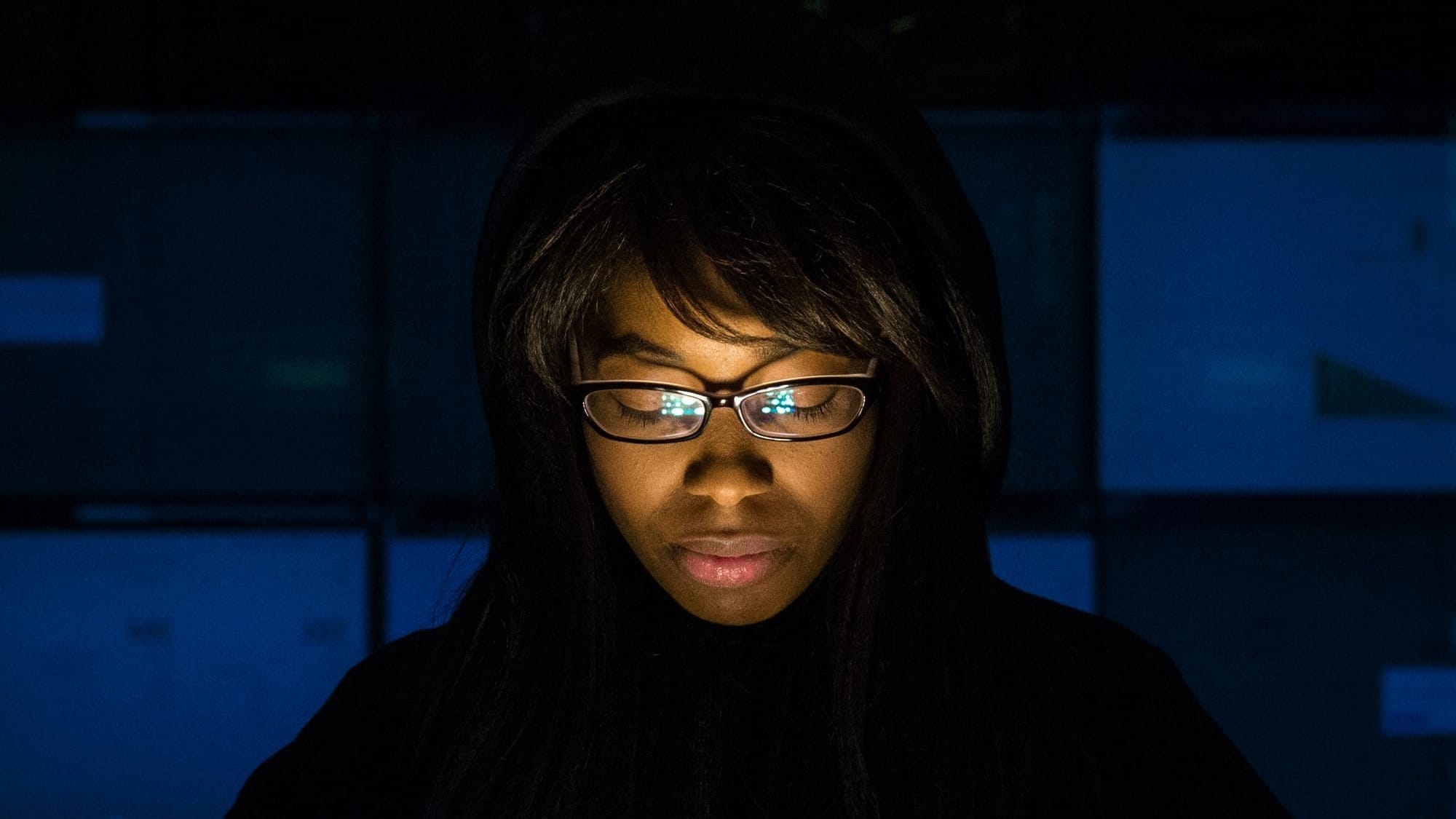Marcellus Armstrong & the Architecture of Memory
“I don’t like to compromise on my crafts or gifts or creative interests,” he said. “I’ve always had specific interests and they’ve never necessarily met in the same room academically. So whether it’s video, sculpture, painting, or media, I like to think about them all through a lens of poetry and th
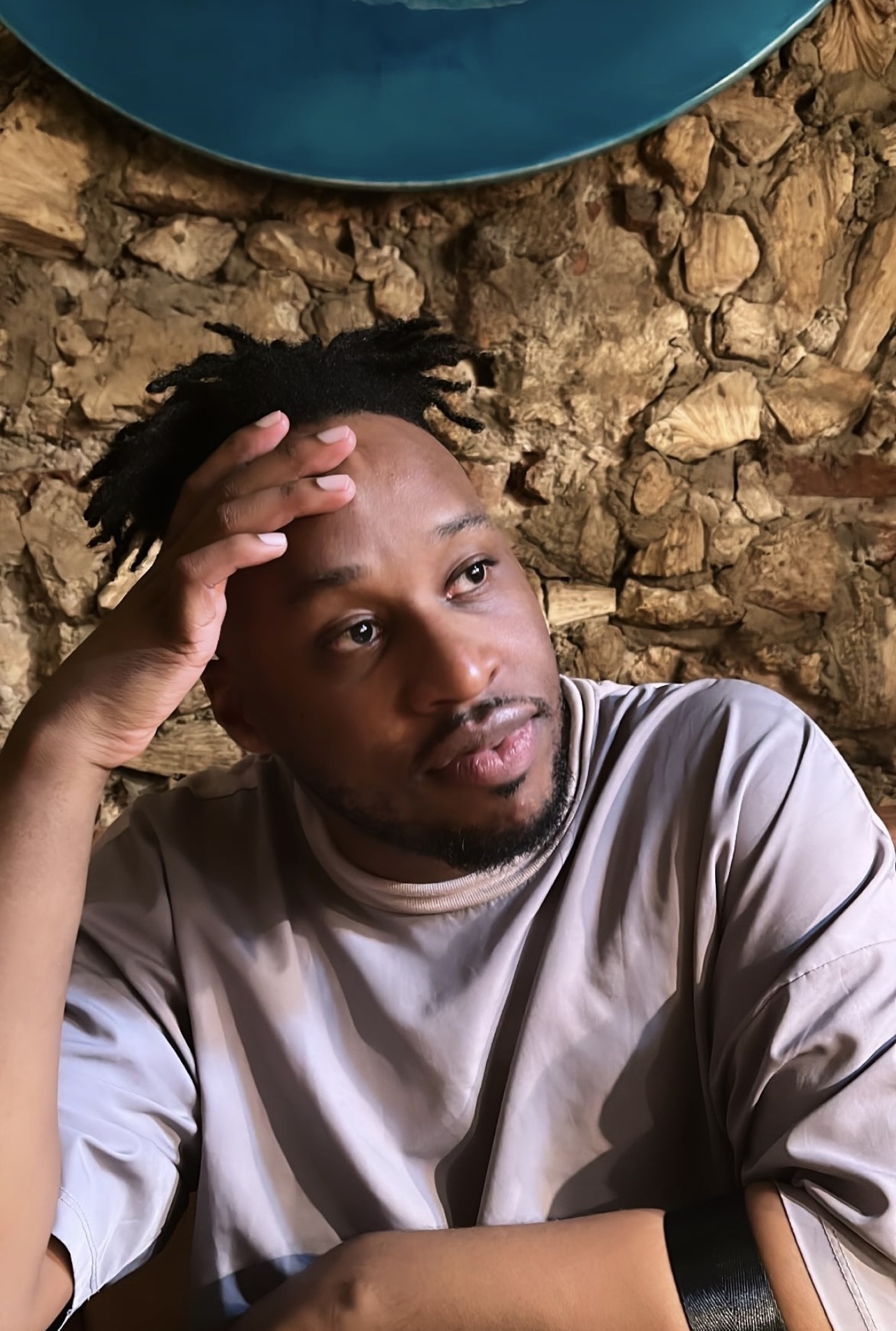
Philadelphia-based artist and filmmaker Marcellus Armstrong is reshaping how Black and queer histories are preserved. His practice—spanning video, sculpture, fiber, and collage—has always leaned toward the experimental, blending material study with oral tradition.
But in his award winning documentary Talking Walls, Armstrong’s multidisciplinary instincts converge into a single, urgent project: creating an audiovisual archive of Black queer elders and the spaces that held them.
Premiering at DOXA and later screening at BlackStar, Talking Walls explores how homes, speakeasies, and social clubs became sites of sanctuary and resistance for Black queer communities. The film braids together oral histories, archival material, and textured visual studies of domestic spaces, creating what Armstrong calls “an architecture of belonging.”
For Armstrong, working across multiple disciplines is less about restlessness and more about integrity. “I don’t like to compromise on my crafts or gifts or creative interests,” he said. “I’ve always had specific interests and they’ve never necessarily met in the same room academically. So whether it’s video, sculpture, painting, or media, I like to think about them all through a lens of poetry and through hard and soft materials.” That refusal to narrow his practice, he added, “has collapsed into projects like Talking Walls, where everything I’ve studied can finally sit in the same room.”
Cinematographer and co-producer Raishad Momar remembers being immediately moved when Armstrong first approached him with the idea. “It really spoke to my heart, especially because I have elders in my own family who I only learned after they passed were queer Black men,” Momar said. “I wanted to contribute to the archiving of our elder stories as a means of cementing that legacy and making sure those memories are not forgotten.”
That sense of urgency was shared by Armstrong. “I’ve always thought about materials as carriers of identity,” he explained. “When I started listening to our elders, I realized their homes, their walls, their objects were also materials. They held memory.” That realization shaped the film’s unique approach, placing equal weight on oral histories and the visual storytelling embedded in domestic spaces.
“So much of that groundwork was really laid by Marcellus,” Momar reflected. “These were people he had in his life long before there was ever an idea to create a film or an archive around it. He already had these relationships, and they were years long.”
The result is a film less concerned with traditional portraiture than with spatial storytelling. Rather than train cameras directly on the elders, Armstrong and Momar focused on their homes: the wallpaper, the rugs, the objects that carried memory. “We made it clear that the intention was really more about filming their homes and the stories their homes were telling,” Momar said. “Focusing on the images of the home, while Marcellus focused on the audio, really opened things up.”
For Armstrong, this method was about trust as much as aesthetics. “I didn’t want our elders to feel surveilled,” he said. “I wanted them to feel held.” Meals were shared, tea was poured, and what unfolded felt as much like oral history in real time as cinema.
Editing became another space where Armstrong’s vision reshaped the project. Rejecting the polished veneer of conventional documentary, he leaned into glitches and imperfections as part of the archive. “There were glitches and imperfections in real time… but he was keen on not removing those moments,” Momar recalled. “For him, that was part of the texture of the experience we had with these elders.”
Armstrong put it more directly: “Memory is imperfect. Archives are imperfect. If we try to make them pristine, we erase the very thing that makes them human.”
For Momar, the process was transformative. Trained in video journalism, he was used to seeking clarity, polish, and distance. But Armstrong’s vision required vulnerability and presence. “It reminded me that the essence of archive-making isn’t about chiseling away,” Momar reflected. “It’s about revealing what is and what was.”
That ethos, of refusing to smooth over the jagged edges of history. runs throughout Armstrong’s work. In his installations, collages, and media projects through SIFTMedia215 and Temple’s Queer Materials Lab, he has continually sought to expand what counts as an archive. Talking Walls may be the most visible expression yet, but it’s part of a larger, ongoing practice.
Neither Armstrong nor Momar sees the film as finished business. “I don’t feel like this project was just a one-and-done,” Momar said. “I think it’s more of a consistent practice we’re both dedicated to in our lives, engaging and listening to the generation that came before us. They’re survivors, really. And they carry a lot of wisdom.”
For Armstrong, that ongoing commitment is as much about the future as it is about the past. By documenting the textures of Black queer life, the homes, the gatherings, the voices, he is building archives that refuse erasure. In doing so, Talking Walls doesn’t just preserve memory; it reimagines how we hold it, together.
